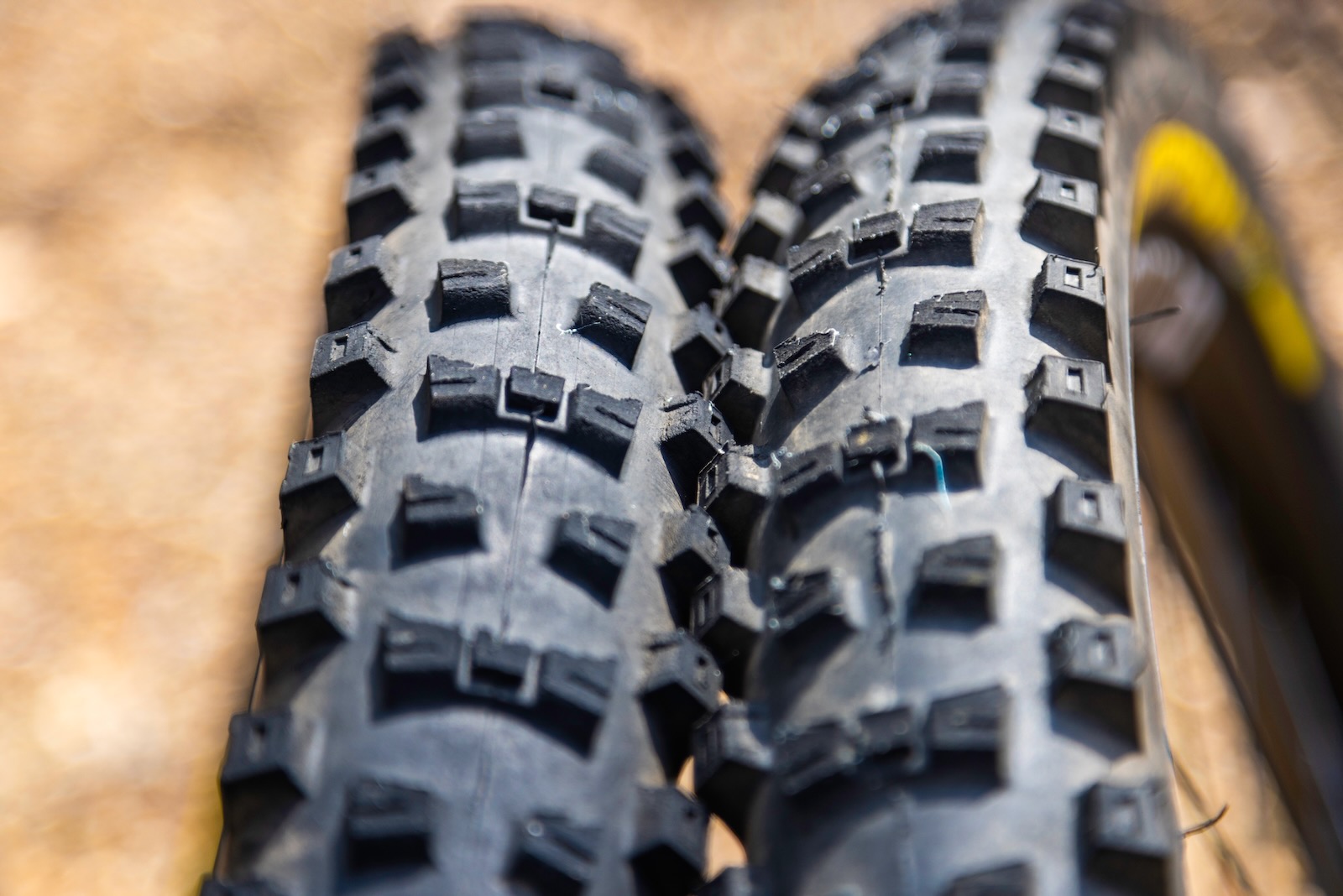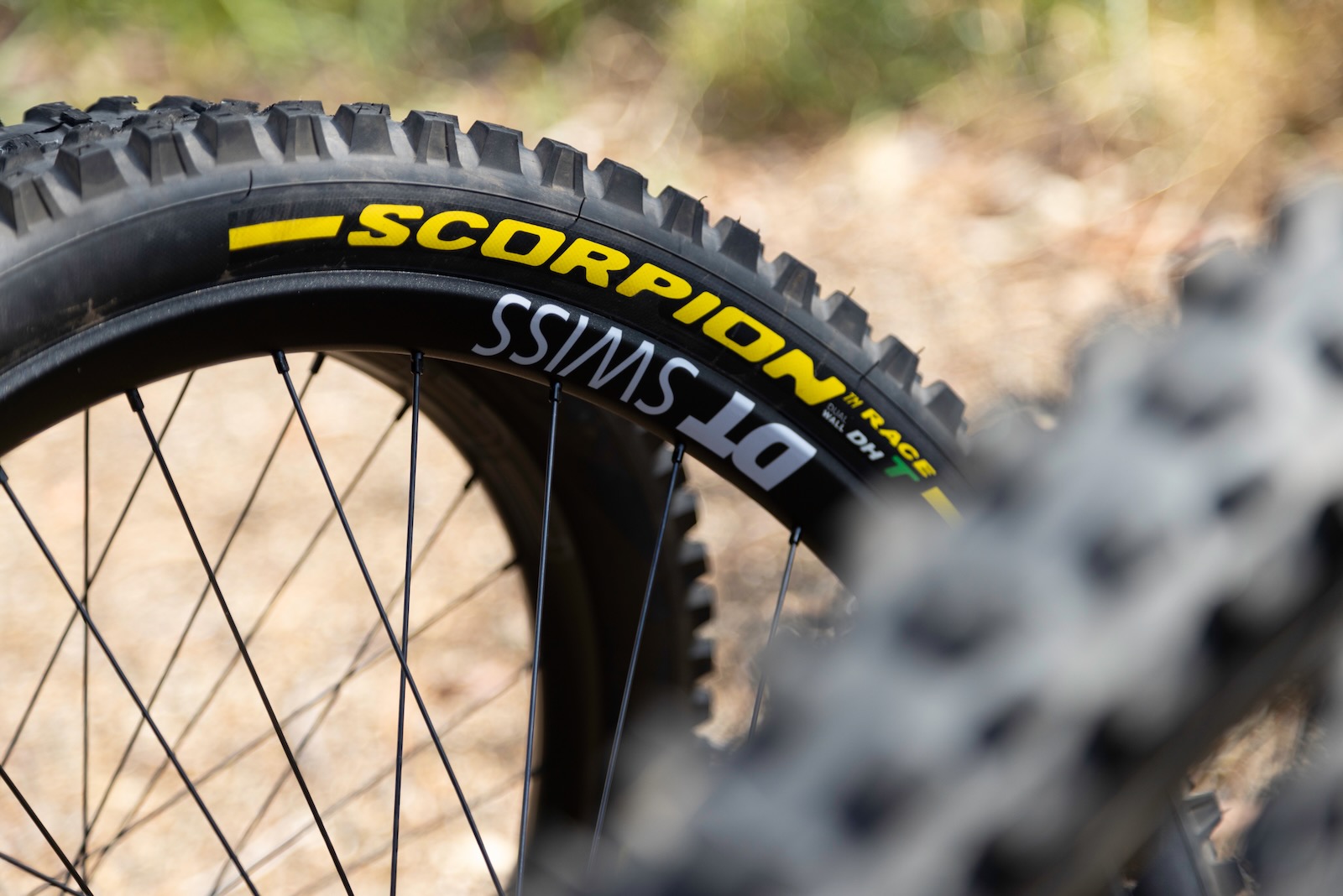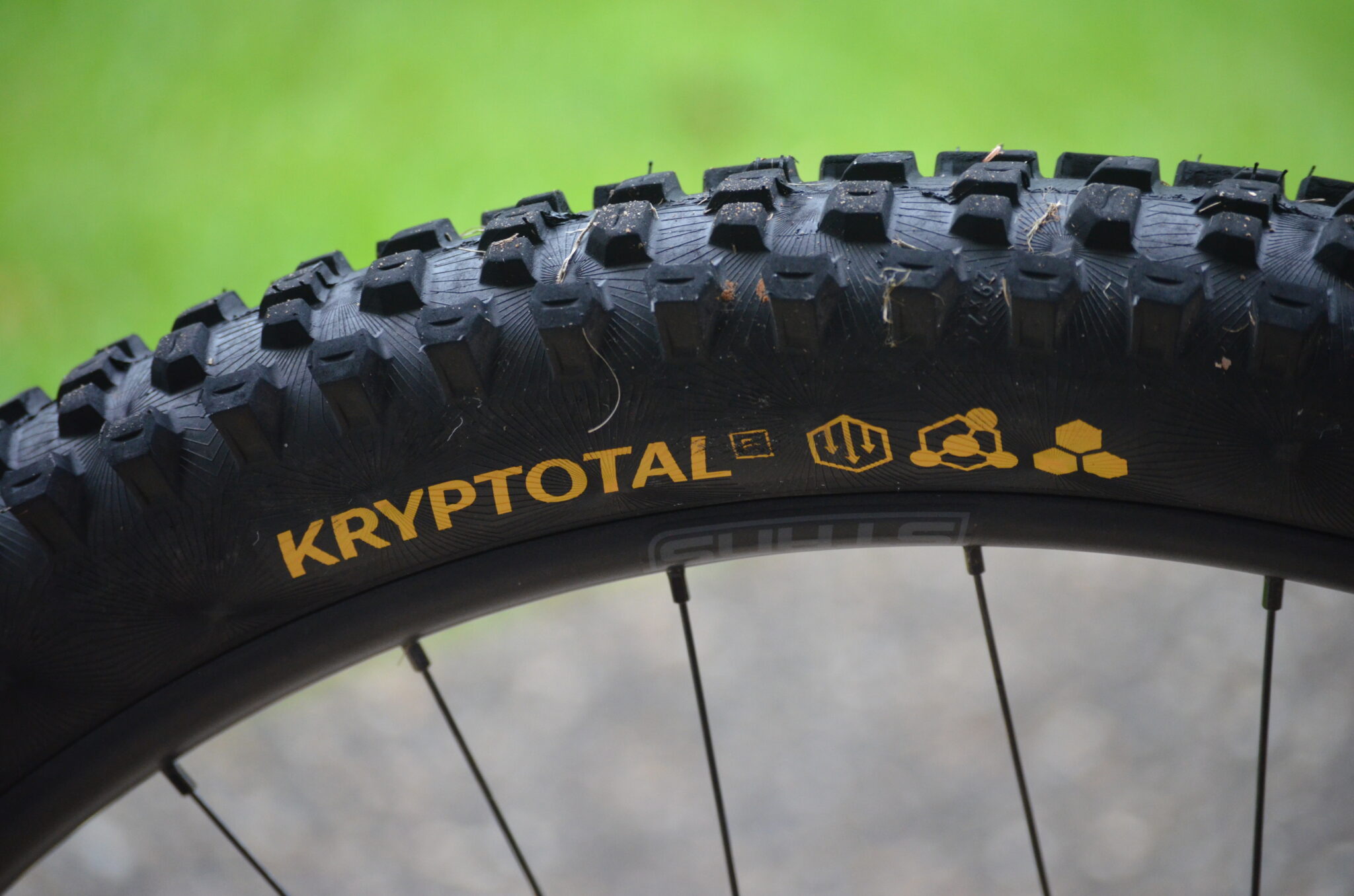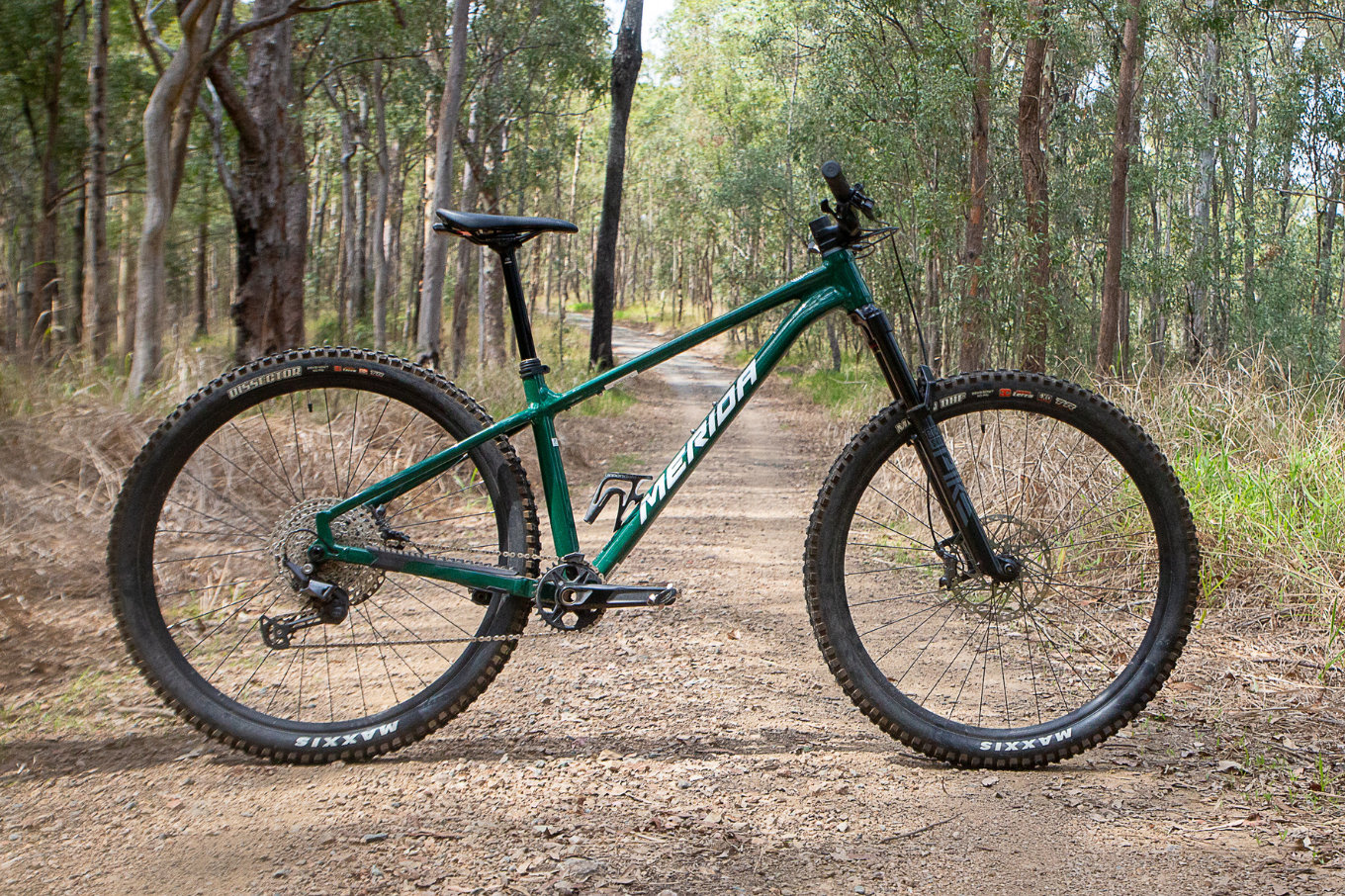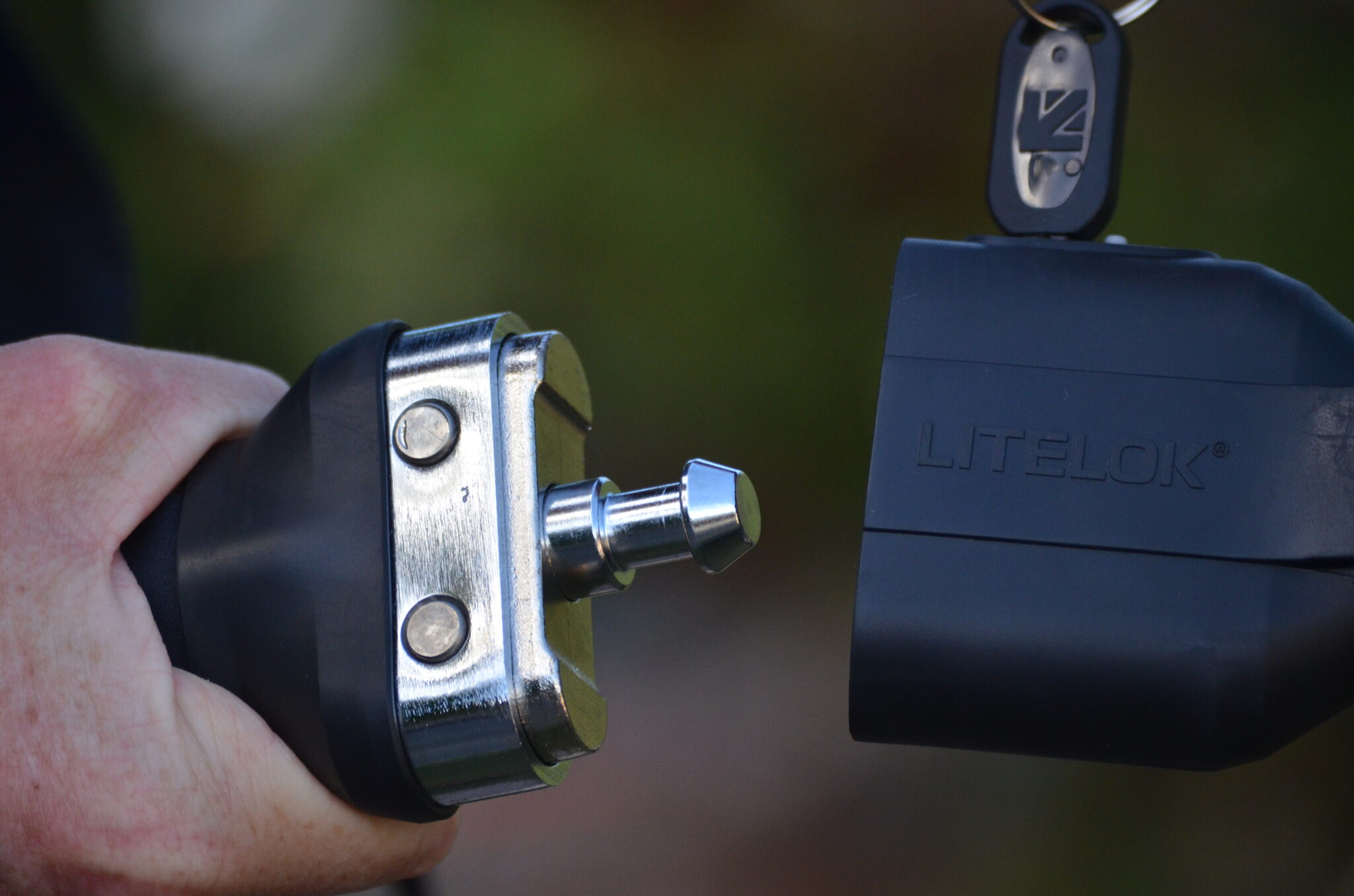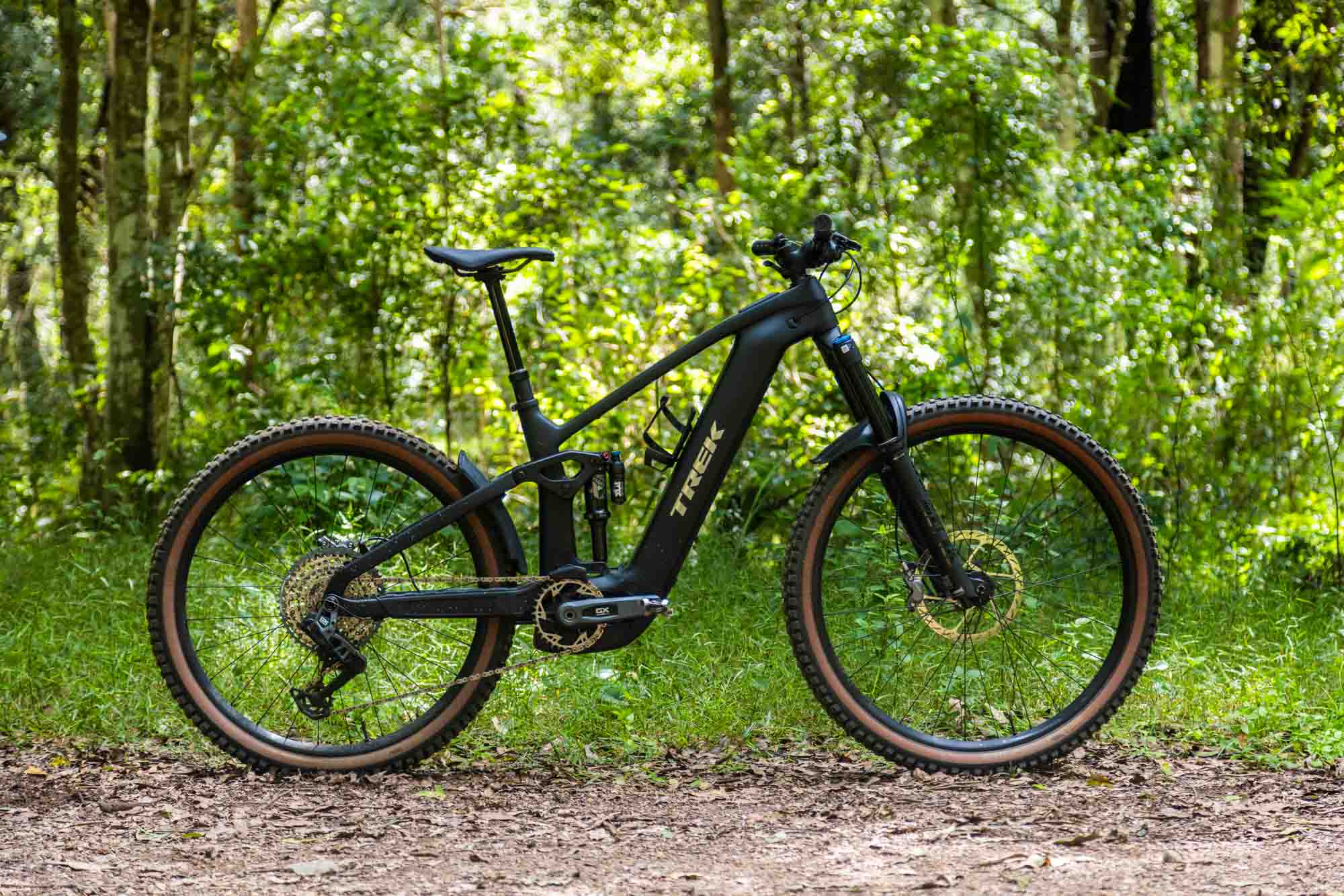TESTED: Pirelli Scorpion RACE Enduro and Downhill Traction MTB tyres
The Pirelli Scorpion RACE line is all about race winning performance, with the T, or traction, model finding rear wheel grip in just about any scenario.
The Scorpion Race T is an all-new tyre from Pirelli, promising a tread pattern and on trail performance that prioritises traction. As is with the rest of the Race line from Pirelli, it also features a new rubber compound and two casing options developed with the ultimate goal of delivering a tyre range capable of winning Enduro and Downhill World Cups. Following extensive testing of the Scorpion Race M tyre I mounted the T to the rear of my enduro bike to see if it delivers on the above claims.
WATCH: we test 24 trail and enduro tyres
Casings
Pirelli have developed two all-new casing types to go along with the Scorpion Race line of tyres, named DualWALL(for Enduro) and DualWALL+ (for Downhill, with a much heavier casing). These casings are have been designed for maximum performance in their respective disciplines. The DualWALL casing used on the EN line of tyres has a double ply carcass made up of two 120tpi canvas layers. Sandwiched between these canvas layers is a rubber insert, increasing bead protection and decreasing the likelihood of pinch flats. The DualWALL+ casing found on the DH tyres has these same features, although the carcass consists of a less supple, more robust 60tpi canvas – perfecttly suiting the more intense demands of Downhill racing. There is also an additional layer of material through the sidewall of the DualWALL+ casing to further increase support and overall sturdiness of the tyre. When mounted up to a 29mm wide rim at 26psi, each casing tyre measured well within tolerance, at just over 2.5”. In 27.5 x 2.5” the EN casing hit 1189g, and the DH casing 1344g.
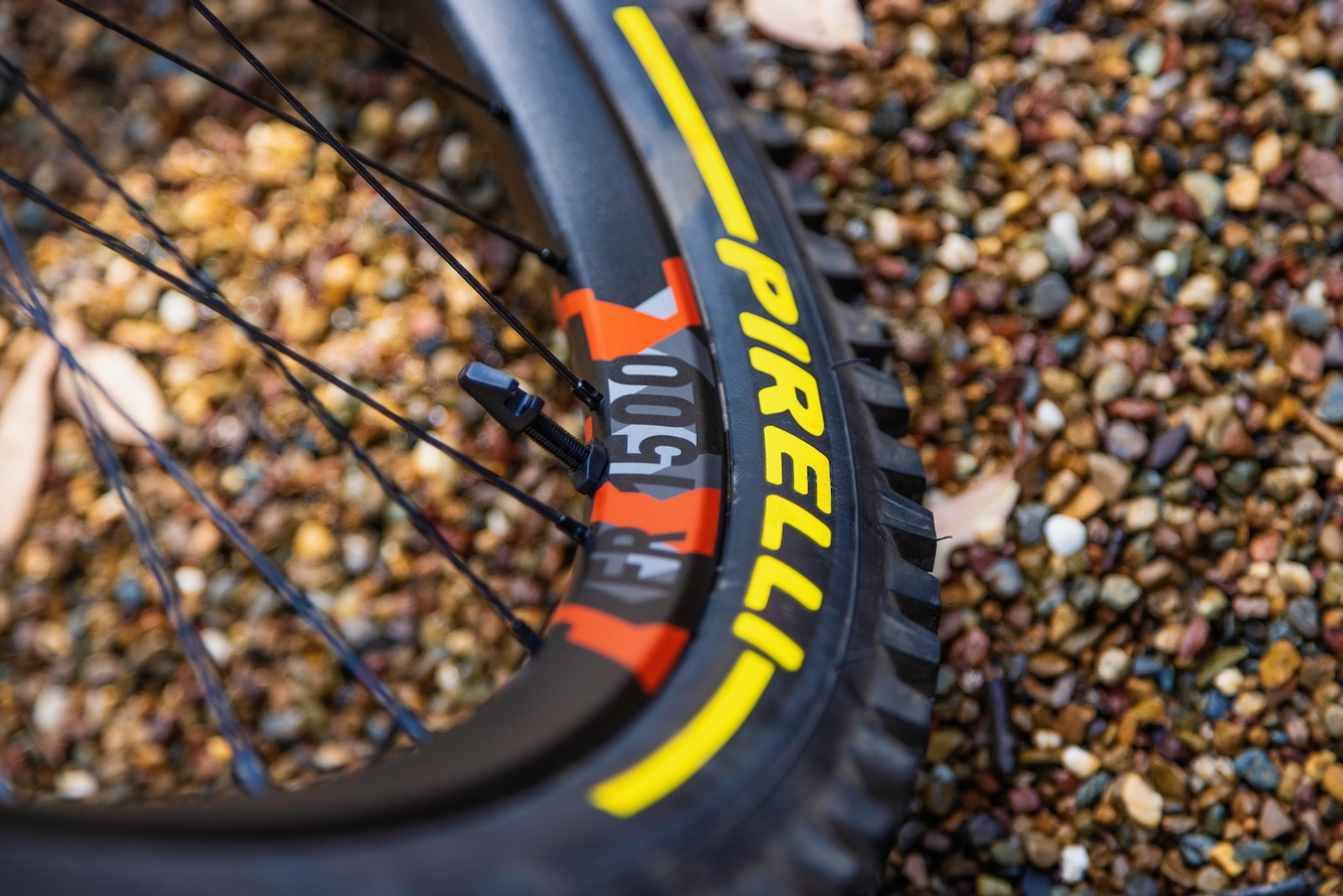
Tread Pattern
The tread pattern is very aggressive and square in profile. The Pirelli Scorpion Race T consists of an alternating centre pattern and tall edge knob. Starting at the middle of the tyre, we can see that the centre knobs alternate in a 3-2 pattern, with lateral siping on the outside of each knob. This is done to help encourage the rubber to flex forwards and backwards under braking and acceleration, creating more grip on a wide variety of surfaces.
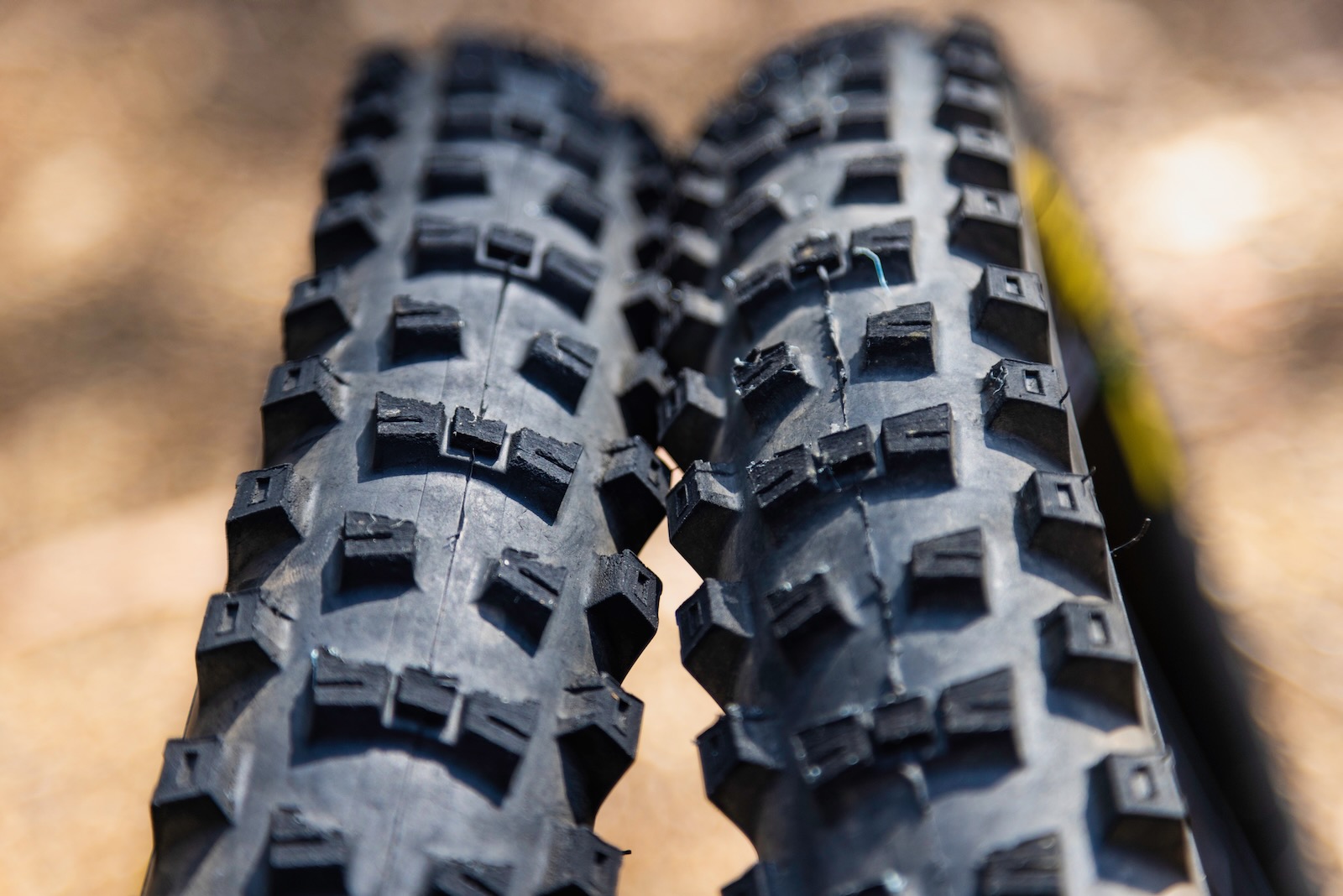
The alternating middle knob has also been designed specifically to be cut out, so you can create an intermediate mud tyre for when a dry tyre is not sufficient but the trail isn’t sloppy enough to warrant the use of a full spike. It also has a ramped front edge to decrease rolling resistance, and a square rear edge to maximise braking traction. The edge knobs also utilise an alternating pattern, with the outside of every second knob being scalloped. This has been done to encourage the entire knob to deform while the bike is at a lean angle. A deeper, wider sipe has also been cut into all of the corner knobs to further encourage rubber flex in all directions. Every single shape, line, angle and knob has one purpose – to find traction.
Rubber Compound
Smart Evo DH is all-new from Pirelli and offered exclusively on the Scorpion Race line of tyres. This compound is noticeably softer and grippier than the Smart Grip Gravity compound Pirelli have used to this point on their Scorpion Enduro line of tyres. Some at home measurements on my durometer had the Smart Evo DH compound around 15% softer than its predecessor. In comparison, these rubber hardness values are right in line with what I measured on a Maxxis MaxxGrip tyre at similar pressures, what many consider to be the pre-eminent gravity rubber compound available on the market today.
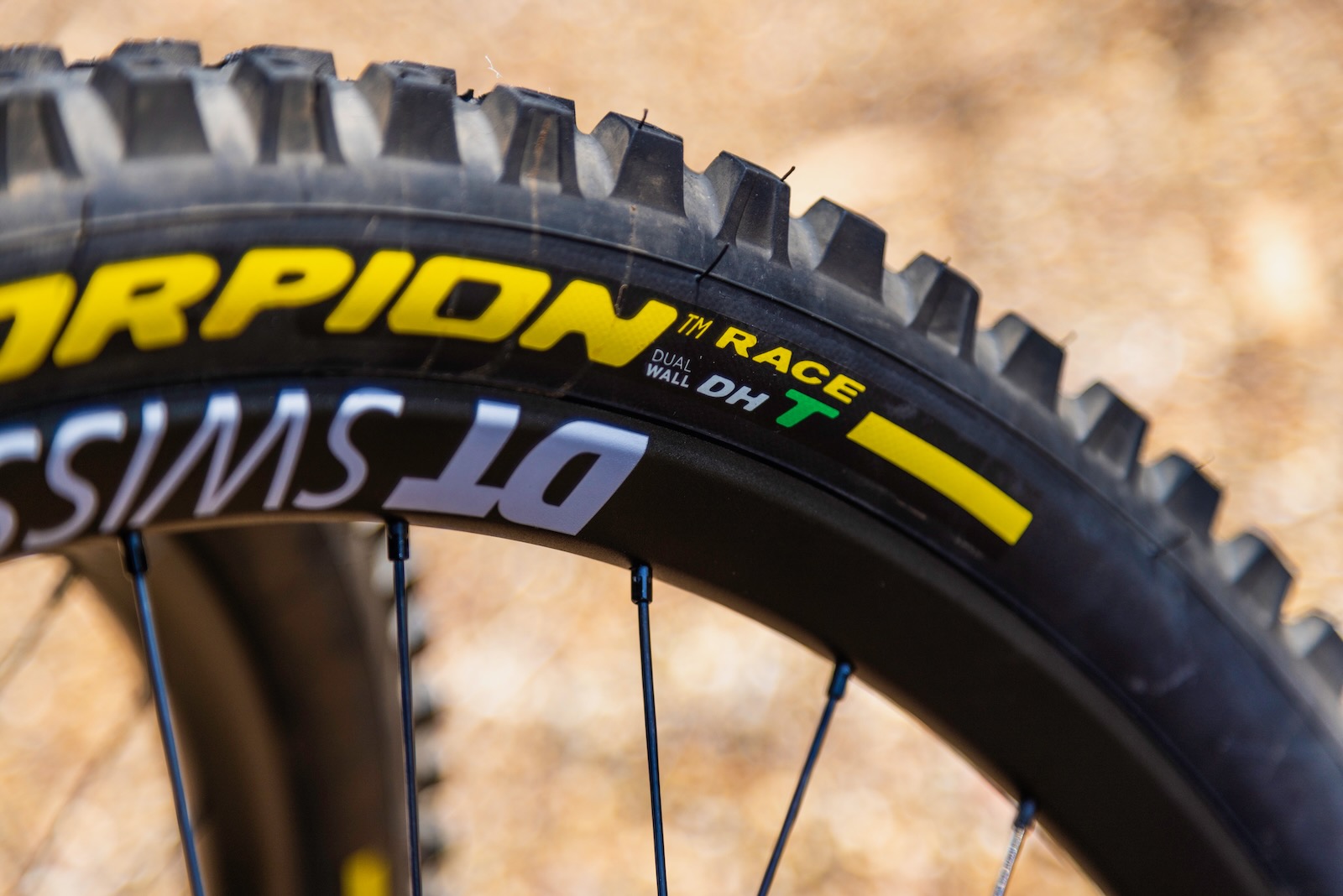
Setup
Due to current availability I was only able to review 27.5×2.5” tyres. As such, I mounted them up in a mullet setup, exclusively testing the Race T as a rear tyre. Configurations were as follows:
Setup 01: Scorpion Race EN T (Rear), Scorpion Race EN M (Front)
Mounted to 29/27.5” Stans Flow EX3 Rims
Setup 02: Scorpion Race DH T (Rear), Scorpion Race DH M (Front)
Mounted to 29/27.5” Stans Flow EX3 Rims
Setup 03: Scorpion Race DH T (Rear), Scorpion Race DH M (Front)
Mounted to 29/27.5” DT Swiss FR541 Rims
All three of these setups were hassle free, with the EN version of the T going on by hand, and the DH variety only needing some gentle persuasion from a tyre lever to pop across the last part of the bead. Similarly, a track pump was sufficient to seat them. Tyre pressures varied anywhere from 22-26 psi, with no sealant burps regardless of how hard I intentionally squared up a turn in an attempt to fold the sidewall.
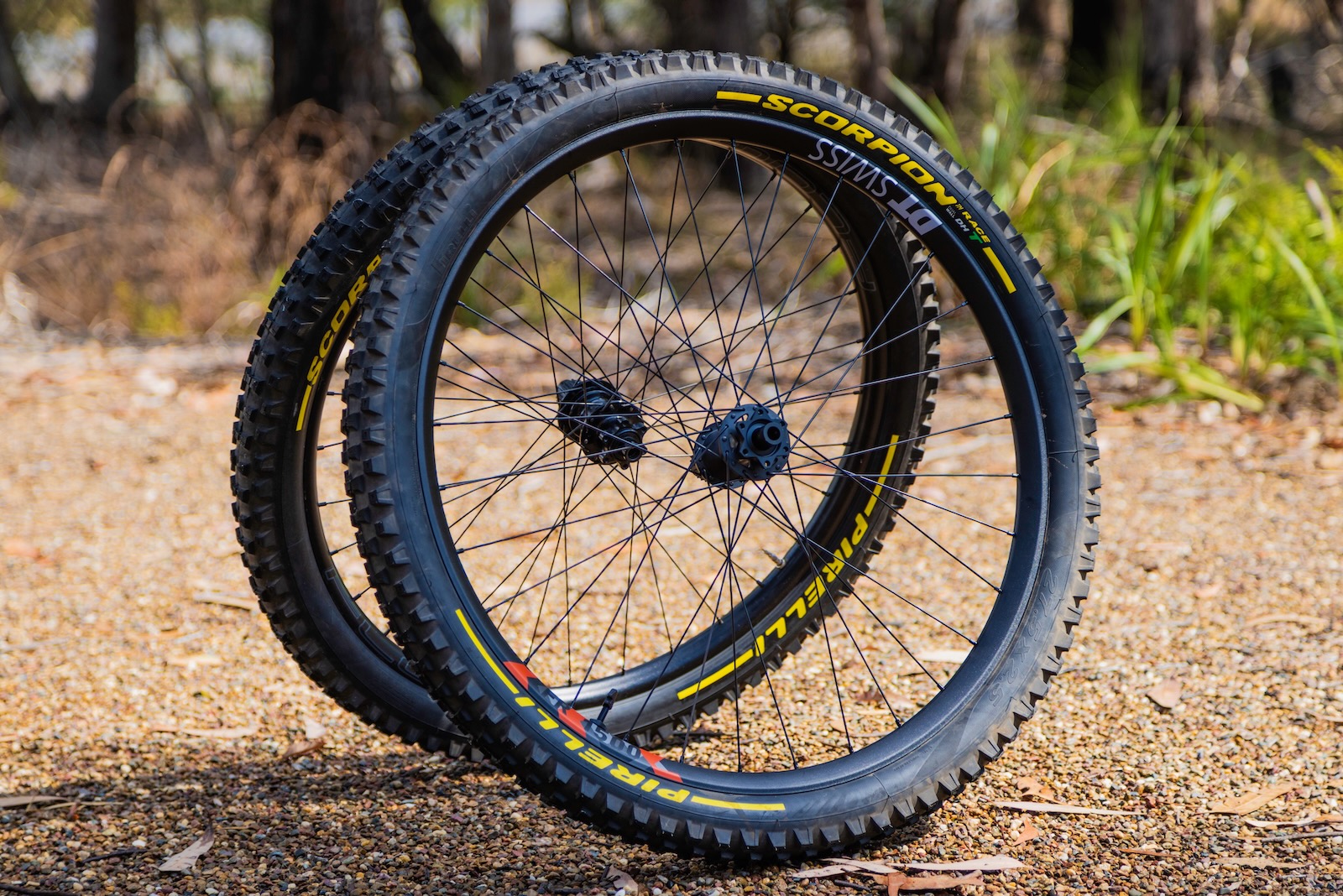
On the trail
At the right time and in the right conditions, I found the traction on offer from this tyre almost comical. In particular it has immense bite on soft off camber sections, where those tall edge knobs can really get to work, grabbing bucket loads of dirt akin to miniature bulldozer scoops. Similarly, the braking traction this tyre delivers in both the EN and DH casings was very impressive. In ways it felt like a bit of a get out of jail free card compared to faster rolling, less aggressive rear tyres such as the Scorpion Enduro R or Scorpion Race M. With so much certainty that I could brake late and hard, I could happily sail past typical braking points knowing that a handful of rear brake would have this tyre digging into the dirt and slowing me down. Given these tyres are aimed at those racing, this is a huge bonus. You can run faster and deeper before braking, shaving time off your run.
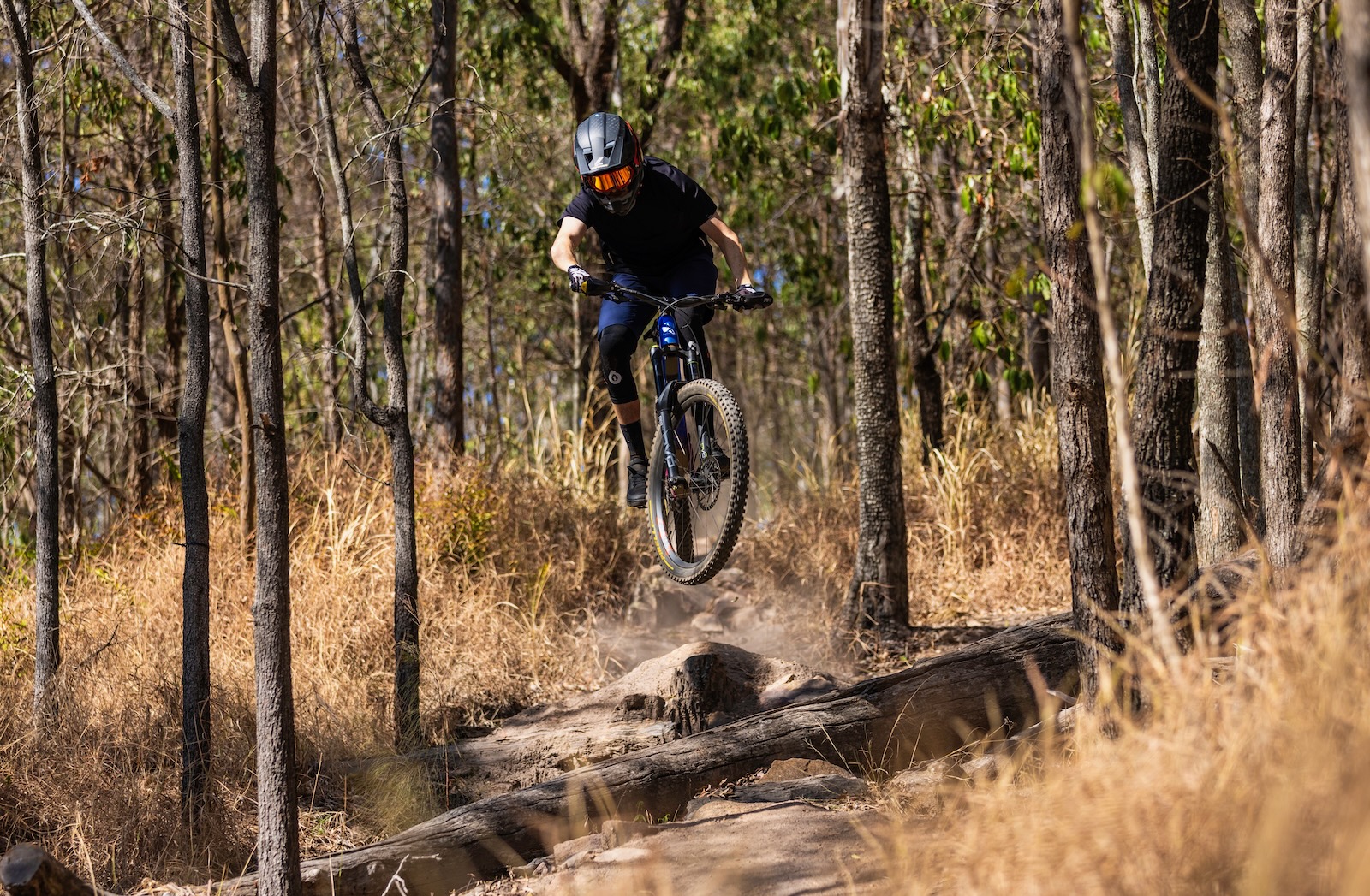
The Enduro and Downhill casing differences do ring true on the trail. The EN tyre with its 120tpi DualWALL casing was noticeably more supple through chatter creating better comfort and grip, and also a little easier to pedal around thanks to its 150g lighter weight. On the other end of the spectrum, the DH tyre felt more robust and gave me extra confidence to charge or launch into sharp rocky sections with reckless abandon. I also appreciated the increased weight of that tyre through rough chatter as it felt as though the rear end of the bike was a little more settled thanks to the increased gyroscope of the heavier DualWALL+ casing. I sure wouldn't want to be pedalling it uphill though, and would reach for the EN for Enduro races. Both tyres have a faster wear life, with noticeable knob degradation after around 6 hours of hard use. This can be entirely attributed to the new Smart Evo DH rubber compound, and is to be expected on any soft compound gravity tyre designed for all out race performance.
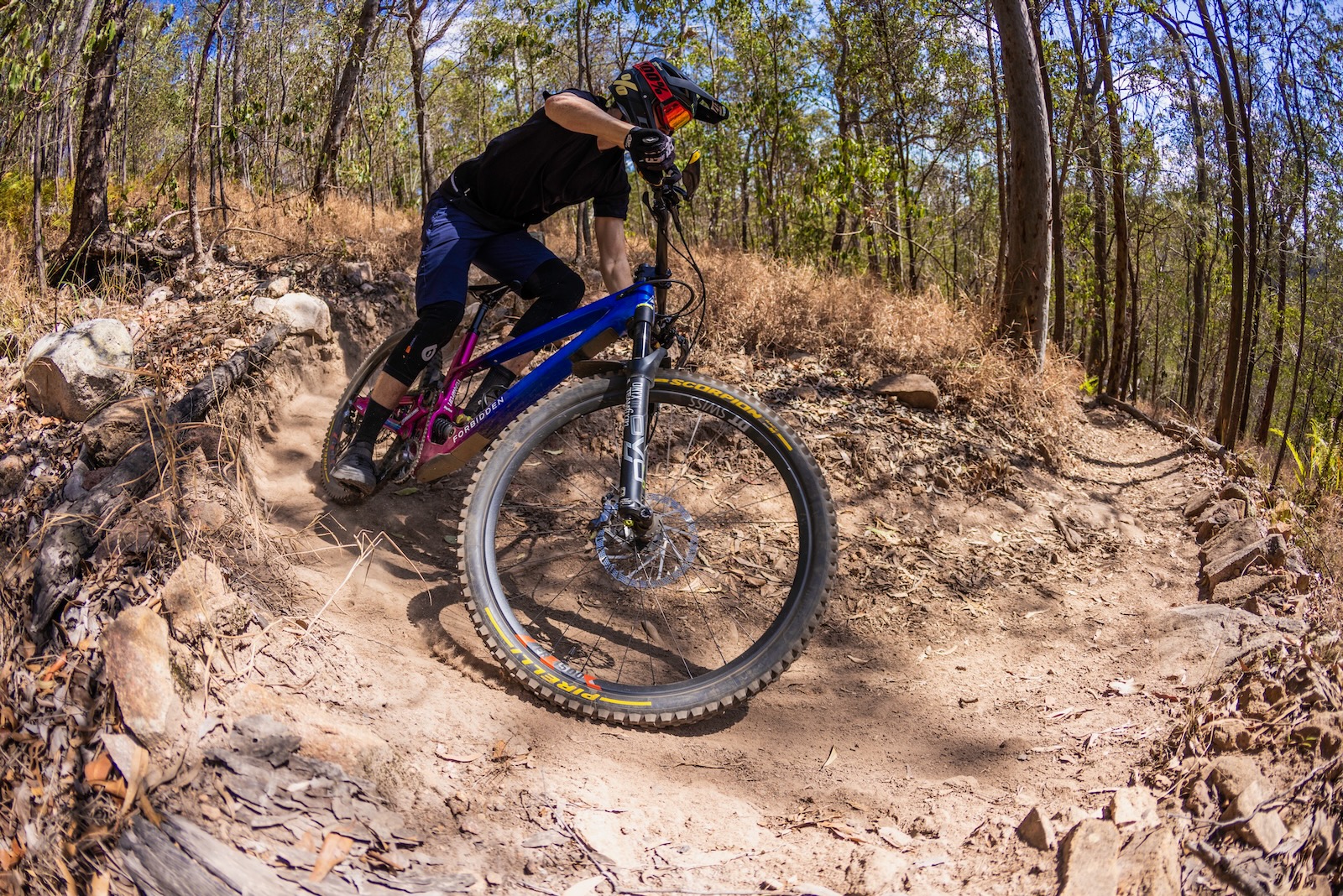
I did complete some timed runs to compare a Maxxis MaxxGrip DD DHR2 against the EN casing Pirelli Scorpion Race T. On the stopwatch the times were near identical, however the Pirelli definitely felt to have more braking traction and casing support, whereas the DHR2 gave me a little more confidence transitioning across to lean angle. I would attribute this to the more aggressive, square profile of the Pirelli T in comparison to the Maxxis DHR2. This square profile does have some downsides, particularly on hard packed turns where you are riding at a lot of lean angle. Once you get past the side knobs, the tyre breaks traction quite aggressively – this took some getting used to.
Verdict
The Pirelli Scorpion Race T proved to me it is an ideal rear tyre to pair with the Scorpion Race M. The immense braking and lean angle traction, particularly in soft dirt, was well received and led to me being able to push as hard as I have in some time on my local trails with confidence that I was going to come out the other side unscathed. While the aggressive tread pattern is not the ideal tyre for flatter hard packed trails, that isn’t really what it is designed for, and those who ride that style of terrain more would be better suited to running a Scorpion Race M or Scorpion Enduro R on the rear. While I didn’t take this tyre to any World Cup podiums, Pirelli have delivered a tyre that stands shoulder to shoulder with leading gravity race rubber that is currently available.
RRP: $135 EN casing, $130 DH casing
From: FEsports.com.au
Hits:
– Immense braking traction
– Noticeable bite on loose off camber sections
– Durable and supportive casing options
Misses:
– Square profile not ideal on flat hardpack turns
